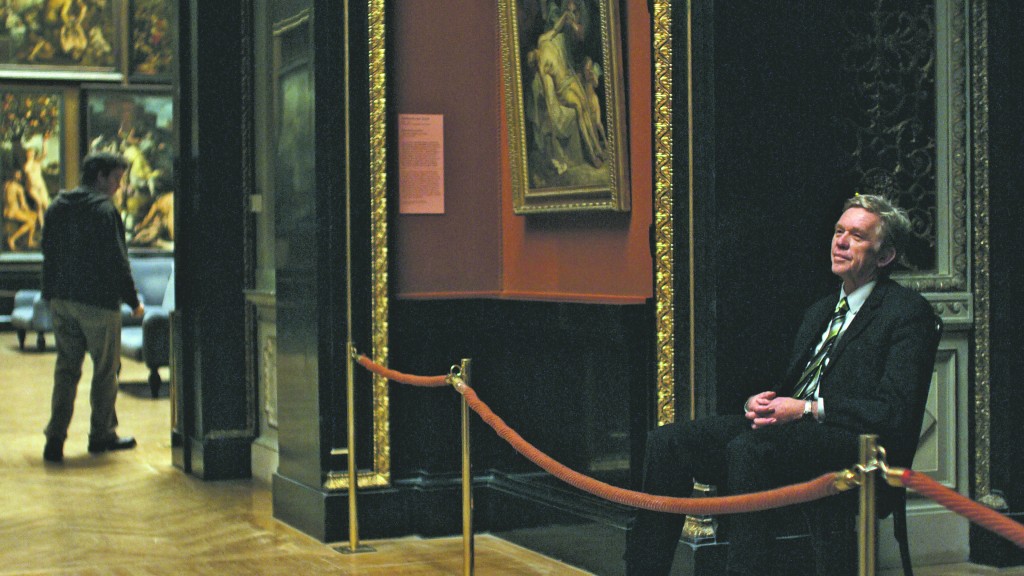
Jem Cohen’s wonderful film “Museum Hours” was screened to an audience of students and film aficionados Friday night as a part of Harpur Cinema’s “Passages” film series. Cohen also introduced his film in person and held a Q&A directly afterward.
“Passages” refers to the places, things and objects used to transport oneself, whether imaginary or real, and “Museum Hours” kicks off the series fittingly. Cohen prefaced the screening by saying, “Everything is moving fast for everybody, maybe too fast,” and his film presents an antithesis of that.
Set in the historic town of Vienna, which is defined by museums and art, the film follows a Canadian tourist who befriends a security guard at Kunsthistorisches Museum. They soon begin a conversation about love and death, and also an unlikely friendship.
The film’s long, static passages rely on the beauty of their subject. The camera often lies on close-ups of paintings, specifically those of Bruegel’s, capturing the texture of the paint on canvas and directing the eye to a spot on the art that would normally go unnoticed. Those pieces are then juxtaposed by Cohen’s static shots of various landscapes of Vienna, where the stillness causes the eye to wander around the image, finding little discoveries.
The nontraditional narrative relies on the curiosity of the viewer. Like a painting in a museum, each image of the film is a portrait of everyday life. Cohen allows himself to be patient in a time where action films use quick cuts and handheld cameras. The calm pace allows the viewer to look closer.
All this surrounds the story of our heroine, Anne, played by Mary Margaret O’Hara, and Johann the guard, played by Bobby Sommer. The actors, like the paintings and the camera, seem so still, yet they bring the warmth and charisma of Hollywood stars.
But the crux of the film is the museum, which is why this film fits so well into the theme of “Passages.” The museum in many ways is similar to cinema: a place where the viewer gazes upon art pieces that explore what it means to be human. Thus, the film is more interested in those who gaze upon the art than the actual art itself. The meta-storytelling never becomes heavy-handed — Cohen finds a lot to say about those who visit museums, as well as the slight voyeuristic eroticism of visiting itself.
By the end, Cohen crafts a film that relies on patience and subtlety. It’s a humanistic piece, not far from a Bruegel painting. For a society where everyone seems to be in the hustle, “Museum Hours” takes its time to draw out its characters and themes and will be infinitely rewarding for those who give the film a chance.


